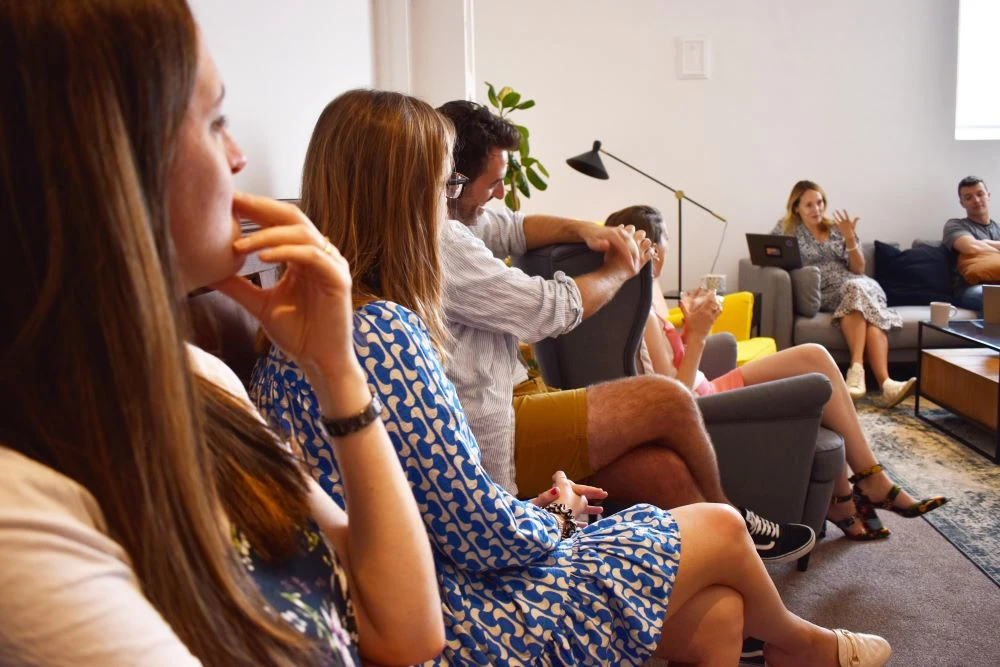Capture their attention with emotion
The first step is all about making the audience aware of your message and making the subject matter to them. Emotion plays the dominant role in capturing their attention in the first place and ultimately makes people more likely to act, so the emphasis needs to be placed on the need for and impact of foster care.
When implementing a foster carer recruitment campaign for Wiltshire Council, our research revealed that foster carer campaigns tend to focus on the child and the impact fostering will have on them. We made our campaign more impactful for our client by instead focusing on what the experience of fostering means for the foster carer. Placing the focus on the foster carers and addressing their needs and motivations is what ultimately made our campaign so successful, and drove tangible results for our clients. It also ensured we reached those with an emotional connection to fostering.
However, an important thing to remember is that using emotion to connect with the audience shouldn’t make your message over the top or unrealistic. The key with this stage is to be honest and transparent about what the role entails. Whilst the role of a foster carer is incredibly rewarding, it can also be very challenging. And being very real about that with your audience will result in a higher quality and suitability of applicants.
Nurture their consideration with logic
Once you’ve captivated your audience’s attention and filtered out those without an emotional connection to the subject, the logical elements will need to be introduced to help guide their decision-making process. Most potential foster carers are predisposed to the profession and will either have had direct experience of foster care or will have worked in a caring profession, like healthcare or education.
For Wiltshire Council’s campaign, we professionalised the role of a foster carer by presenting it as a viable and rewarding career choice. We made specific reference to the payments offered in the role, as this is the enabler for people to choose fostering as a career. Our landing page and downloadable brochure provided clear answers to many of the questions our potential foster carers could have been asking at this stage, like ‘can I be a foster carer if I live on my own?’ and ‘can I still work and become a foster carer?’ Directly addressing these sorts of questions is crucial to this stage of your audience’s journey and will ultimately determine whether they decide to act or not. Particularly with fostering too, it will ensure that at each stage the requirements are introduced in a sensitive way that helps people determine if this is the right role for them - ultimately ensuring a higher quality of leads. We understand that the foster carer recruitment team can perform this role, but by factoring it into marketing campaigns you can scale your efforts and reach more potential foster carers.
Another very helpful thing you can do at this stage for your audience is to give them an indication of what the recruitment process to become a foster carer looks like. We did this for Wiltshire Council by creating a colourful infographic which showed each stage of the recruitment journey, making it easy for our audience to understand what to expect and also to know what was expected of them.
Switch back to emotion to activate them
Once you’ve answered all the practical questions about fostering for your audience of potential foster carers, they’ll weigh up the emotional and logical factors in order to reach a decision as the final part of their journey. And the journey should end with the potential foster carer feeling happy and confident about their decision.
This stage is all about reassuring them that this decision is right for them, and making their experience of travelling through the recruitment process a positive one – where they feel well supported. By providing your applicants with a great experience after they’ve made their decision, they can ultimately become brand ambassadors for you and share their experience of becoming a foster carer with other potential foster carers in future.
If you’re preparing to launch a foster carer recruitment strategy and would like to discuss working with us to get your campaign strategy just right, get in touch with a member of our team today and we’ll be more than happy to help.
Originally published:
May 4, 2021
Updated:
April 4, 2024





